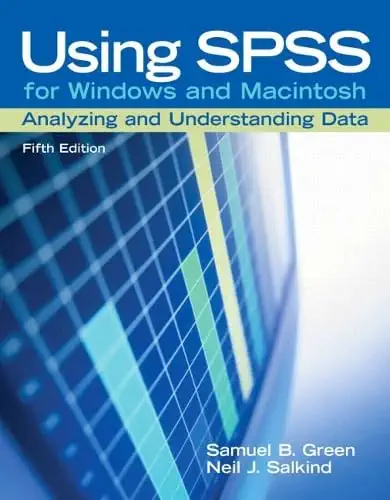
The Next Wave of AI Innovation
In the ever-evolving landscape of artificial intelligence, two recent breakthroughs are making headlines and shaping how we interact with technology—AmbiGraph-Eval and NVIDIA’s Streaming Sortformer. These advancements tackle critical challenges in semantic parsing and real-time audio processing, respectively, paving the way for smarter, more intuitive systems that can respond to our needs in real-time. So, let’s dive into what these innovations mean for us and how they could change the game in both data management and communication.
Ambiguity Meets Innovation
Let’s kick things off with AmbiGraph-Eval, a new benchmark aimed at resolving the ambiguity that often plagues graph query generation. Look, the reality is that natural language and databases don’t always see eye to eye. When you ask a system to fetch data using a natural language query, there’s a fair chance it’ll misinterpret what you mean. Imagine typing “best evaluated restaurant.” Are you looking for individual ratings or aggregate scores?
The system might struggle with that distinction, leading to wasted time and resources. Researchers from top institutions like Hong Kong Baptist University and the National University of Singapore have created a solution to this semantic puzzle. They’ve introduced a benchmark comprising 560 ambiguous queries alongside graph database samples to test how well various large language models (LLMs) can handle these complex queries. They categorized ambiguities into three types: Attribute, Relationship, and Attribute-Relationship, highlighting how different dimensions of ambiguity can trip up even the most advanced AI models. Testing nine different LLMs, including familiar names like GPT-4 and LLaMA, the researchers found that the ability to resolve ambiguities varies significantly across the board. For example, while some models excel at understanding specific entities, they might falter when asked to consider relationships or multi-dimensional queries. This inconsistency reveals a pressing need for better models that can not only recognize ambiguous intent but also generate valid syntax that reflects the rich structures of graph data.





Real Talk
Real Talk on Real-Time Audio. Now, shifting gears to another fascinating breakthrough: NVIDIA’s Streaming Sortformer. This model is a game-changer for real-time speaker diarization, which is just a fancy way of saying it can figure out who’s talking in a conversation—sounds pretty useful, right?
Whether we’re in a busy meeting, on a conference call, or chatting through a voice-enabled application, the ability to identify speakers accurately is crucial. What sets Streaming Sortformer apart is its ability to perform this task in real time, handling up to four speakers with millisecond precision. This isn’t your run-of – the-mill audio processing either; traditional systems often require batch processing, which can’t keep up with the speed of live interactions. NVIDIA’s model processes audio in overlapping chunks, assigning speaker labels instantly as the conversation unfolds. Imagine how much easier it would be to follow a discussion, track action items, or even ensure compliance in a professional setting if you knew exactly who said what. The tech behind this is equally impressive. Streaming Sortformer combines Convolutional Neural Networks (CNNs) with Transformers in a hybrid architecture. This mix allows it to maintain a dynamic memory buffer that remembers which speaker is which as the conversation progresses. It’s a slick solution to a problem that’s long plagued multi-speaker audio applications—the so-called “speaker permutation problem.”

Why Should We Care
So, what does all this mean for the average user?
For one, the advancements in semantic parsing through AmbiGraph-Eval could lead to more intuitive data management tools that understand our questions better, making our interactions with technology smoother and less frustrating. Imagine querying a database about your favorite foods and getting exactly the information you need without wrestling with confusing outputs. And then there’s the impact of Streaming Sortformer on communication. In an era where remote work and virtual meetings have become the norm, having tools that efficiently manage multi-speaker environments can significantly enhance productivity. Whether in contact centers, media production, or even personal use, knowing who said what when can change the way we collaborate and maintain records.

The Future Looks Bright
As we look ahead, both AmbiGraph-Eval and Streaming Sortformer represent a move towards smarter, more adaptable AI systems. They’re not just theoretical innovations; they’re practical tools that can be deployed in real-world scenarios right now. Sure, there are limitations—both systems have areas for improvement, especially when it comes to expanding their capabilities to handle more complex situations or larger groups—but the groundwork is laid for a future where technology understands us better and responds more effectively. In conclusion, whether you’re in the business of data management or just trying to navigate a crowded Zoom call, these innovations are worth paying attention to. They reflect a broader trend in AI—one that seeks to make interactions more natural, efficient, and ultimately, more aligned with human intent. And honestly, isn’t that what we all want?




